The second Africa Climate Summit wrapped up in Ethiopia with a bold assertion of the continent’s ability to chart a path to green growth with homegrown resources, but climate campaigners expressed disappointment that leaders had not swung behind the COP28 pledge to transition away from fossil fuels.
While a copy of the final declaration from the three-day summit in Addis Ababa had yet to be released a day after it ended, Ethiopian President Taye Atske Selassie told the closing ceremony on Wednesday that the summit had re-positioned Africa “not as victims of a crisis it never created but as a global centre for climate solutions, renewable energy and green growth”.
Selassie said it is an injustice that 600 million Africans live without electricity access, adding that the continent is no longer waiting for charity but will use the abundant sun it has and the critical minerals beneath its soils to drive its own progress.
According to a statement from the summit organisers, the leaders’ declaration calls for “strengthened and sustained support” to scale up African-led climate initiatives such as the 8,000-km Great Green Wall across the Sahel and the African Forest Landscape Restoration Initiative.
It also noted that the Africa Climate Innovation Compact (ACIC) and the African Climate Facility (ACF) had been set up to to mobilise $50 billion annually in catalytic finance to deliver “1,000 solutions” for climate challenges in energy, agriculture, water, transport and resilience by 2030.
To meet Africa’s clean energy goals, investors urged to tolerate higher risk
Ethiopia’s Prime Minister Abiy Ahmed described the new compact as a “bold, continent-wide partnership uniting our universities, research institutions, startups, rural communities and innovators”.
The announcement came after African financial institutions on Monday backed a green industrialisation initiative for the continent with $100 billion from a range of development and commercial banks to support renewable energy projects and new green industry sectors.
Backing for “transitional energy sources” draws fire
Despite these major green growth programmes, civil society groups criticised the summit declaration for recognising “the role of transitional energy sources in ensuring a just transition that safeguards the energy security of developing countries”. On the other hand, it did not mention the COP28 promise to transition away from fossil fuels in energy systems.

Activists said the wording leaves room for the use of fossil gas in Africa’s transition to a low-carbon, climate-resilient economy.
“Fossil gas is a false solution that cannot drive development agenda across the African continent,” said Dean Bhebhe, a senior advisor at think-tank Power Shift Africa. A path grounded in gas is not “just” because Africa “risks further trapping itself into a cycle of debt, wants, needs and fears in the African continent”, he added.
The Nairobi declaration from the first Africa Climate Summit in 2023 recognised the need to phase down unabated coal power and phase out inefficient fossil fuel subsidies, but it is “disappointing” to see that those were not featured in the Addis decision while messaging on transitional fuel was sneaked in, Bhebhe added.
Ethiopia’s preparedness puts it ahead of Nigeria in bid to host COP32, campaigners say
Nafi Quarshie, Africa director at the Natural Resource Governance Institute (NRGI), said that despite the sufferings of oil and gas communities in parts of Africa and the realities of the transition, including pressure on local economies and livelihoods, “the declaration made no reference to these impacts”.
“African governments must now use COP30 to ensure that they move toward a just, orderly and equitable transition that responds to the needs of the communities behind every oil field,” she added.
International finance sought
In addition to the climate finance announced by African funders, the international community still has an obligation to provide support, said Richard Muyungi, chair of the African Group of Negotiators (AGN) at the UN climate talks.
The climate negotiator added that Africa’s demand “is not charity but our just rights under the [UN Climate] Convention and the Paris Agreement: adequate, accessible, and grant-based finance, alongside technology transfer and debt relief”.
Few pledges were made at the summit by donors, apart from Denmark announcing $79 million for supporting agricultural transformation and Italy reaffirming a commitment of $4.2 billion to the Italian Climate Fund, of which around 70% will be allocated to Africa.
Ahead of November’s COP30 climate summit, the Addis declaration highlighted an urgent need for new, innovative climate finance mechanisms adapted to Africa’s sustainable development priorities, including blended finance mechanisms, debt-for-climate project swaps and strategic public-private partnerships.
Digging beyond oil: Saudi Arabia bids to become a hub for energy transition minerals
Carlos Lopes, special envoy of the Brazilian COP30 presidency to Africa, said Africa had shown commitment by coming up with initiatives and also strengthening its continental institutions, “but true progress requires developed countries to lead with predictable, accessible, and just climate finance”.
African leaders asked for international support to implement Africa’s key energy access and transition initiatives including Mission 300 to provide 300 million people with electricity by 2030, clean cooking programmes and efforts to scale up renewables to meet a goal of 300 gigawatts of capacity by 2030.
“Climate finance is the critical enabler: without it, our people cannot thrive and our economies cannot grow,” said Dion George, South Africa’s minister of forestry, fisheries and the environment and head of the country delegation at the Addis summit. “With it, Africa can drive a just transition, create jobs, and play a central role in the global effort to address the climate crisis.”
The post Addis summit trumpets African climate solutions, while quietly backing gas appeared first on Climate Home News.
Addis summit trumpets African climate solutions, while quietly backing gas
Climate Change
Nine of our best climate stories from 2025
At Climate Home News, we found this year a pretty depressing one to cover, shaped as it was by Donald Trump’s attacks on climate science and action at home and abroad – and rounded off by the UN declaring global warming will break through the key 1.5C limit the world set itself in 2015.
But it wasn’t all bad. Nobody had decided to follow the US out of the Paris Agreement by the time it turned 10 this month. Anti-climate candidates in Canada and Australia, backed by Trump, lost elections convincingly. And 2025 may also have been the year carbon dioxide emissions fell for the first time.
What’s more, our reporting this year saw results in the real world. After we revealed that Chilean doctors believe pollution from copper mines in the northern hub of Calama is causing autism, campaigners sued state-owned mining company Codelco. The case is ongoing.
One of the lawyers representing the campaigners said “when [Climate Home News] revealed our silent suffering and our fight, we felt we had finally been heard and had entered the national conversation thanks to international media coverage. That was the final push to file the lawsuit.”
If you want to fund more impactful reporting like this in 2026, please subscribe and unlock all of our content for just the price of a coffee per week. Or to keep up with our latest coverage, you can sign up for our free newsletter and follow us on LinkedIn, Instagram, BlueSky and Facebook.
Below are nine of our best stories this year and, if that’s not enough, here’s nine more from 2024.
1. Solar squeeze: US tariffs threaten panel production and jobs in Thailand
In the year of trade wars, Trump extended Biden-era tariffs on solar panels from China to neighbouring countries. Nicha Wachpanich spoke to some of those workers who subsequently lost their jobs making panels at Chinese-run factories in Thailand and found that the US levies and bad behaviour by bosses had combined to crush their dreams of a better life.

2. Business-as-usual: Donors pour climate adaptation finance into big infrastructure, neglecting local needs
Trump being Trump, and axing US climate finance, is no reason to let other wealthy donor nations off the hook. We examined the latest spreadsheets for annual adaptation aid and found Japan is counting support for massive infrastructure projects in its figures, despite them having only a dubious role in helping people adapt to climate change.
Our reporter Tanbirul Miraj Ripon visited one such project – the Matarbari port in Bangladesh. He found that the port handles coal and gas imports and has destroyed locals’ homes and livelihoods. Despite this, on paper it represents $363 million in Japanese climate adaptation finance, the biggest single climate resilience project being funded by a wealthy country in 2023.
3. Ethiopia’s bold EV ambitions hit bumps in rural areas
Other nations are trying hard to go green but finding it tricky. This year, Ethiopia hosted the Africa Climate Summit, was selected as the host of COP32 and opened the continent’s biggest hydropower dam.
It plans to use some of this clean power to charge electric vehicles, after banning imports of cars with internal combustion engines (even as the European Union is softening its own 2035 ban on ICEs). While that will reduce Ethiopia’s already tiny emissions and its fossil fuel import bills, it won’t be easy in a nation where only half the population has electricity access, as Solomon Yimer and Vivian Chime reported.
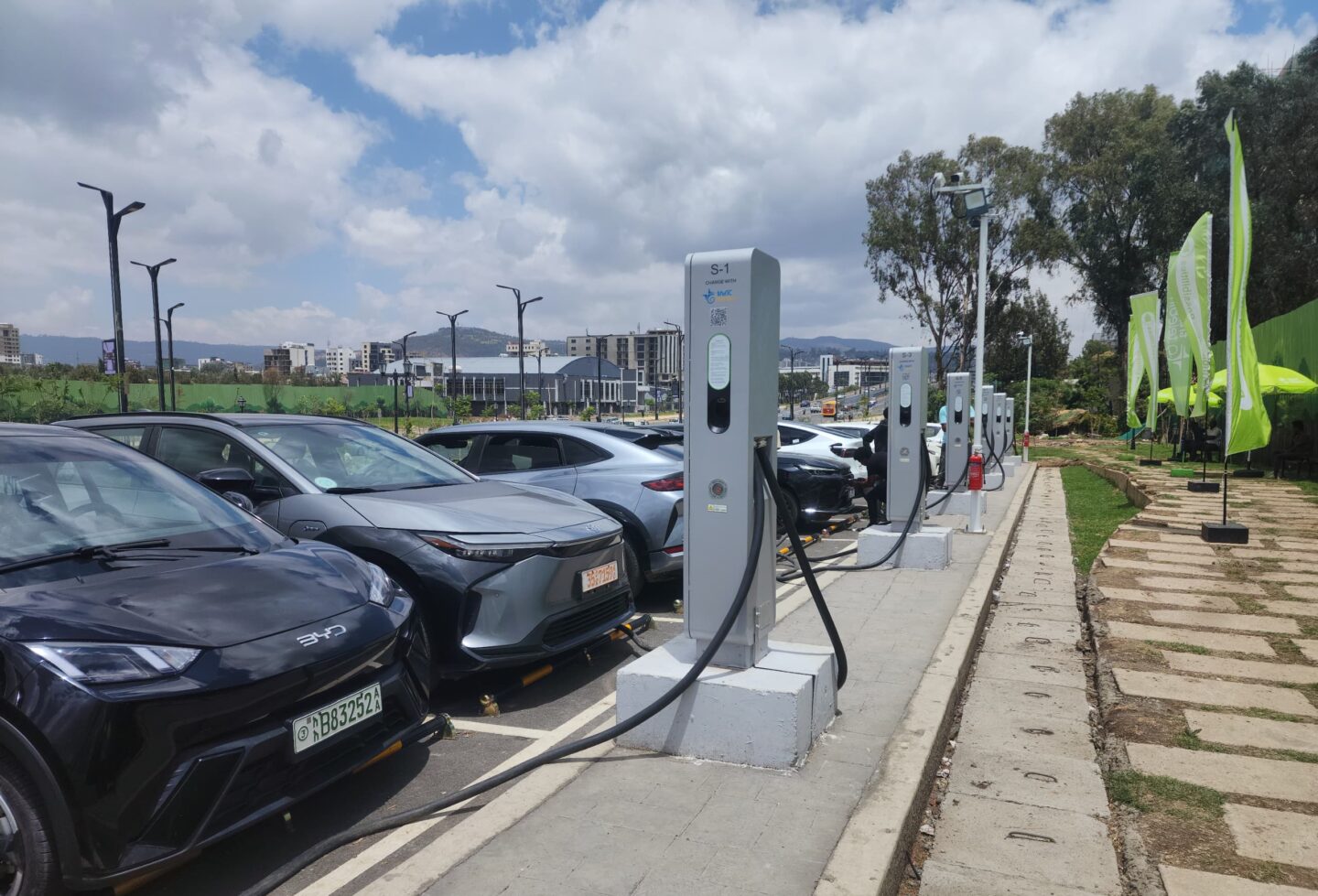
4. Ending poverty and gangs: How Zambia seeks to cash in on the global drive for EVs
Other African governments are trying to cash in on their minerals, which big players like China, the US and increasingly Saudi Arabia want for green technologies and/or making equipment for wars.
Pamela Kapekele went to look at the situation in Zambia’s Copperbelt province – where you can probably guess what they produce! She found that good tax regulations and working conditions will be needed if locals are to see the benefits of surging demand for the metal.
Later in the year, an acid spill from a copper-mine tailings dam that contaminated the country’s main river showed the value of environmental regulation too. Reporting from Nigeria’s lithium and South Africa’s platinum mines also highlighted the challenges of making minerals mining and processing cleaner and fairer for communities.
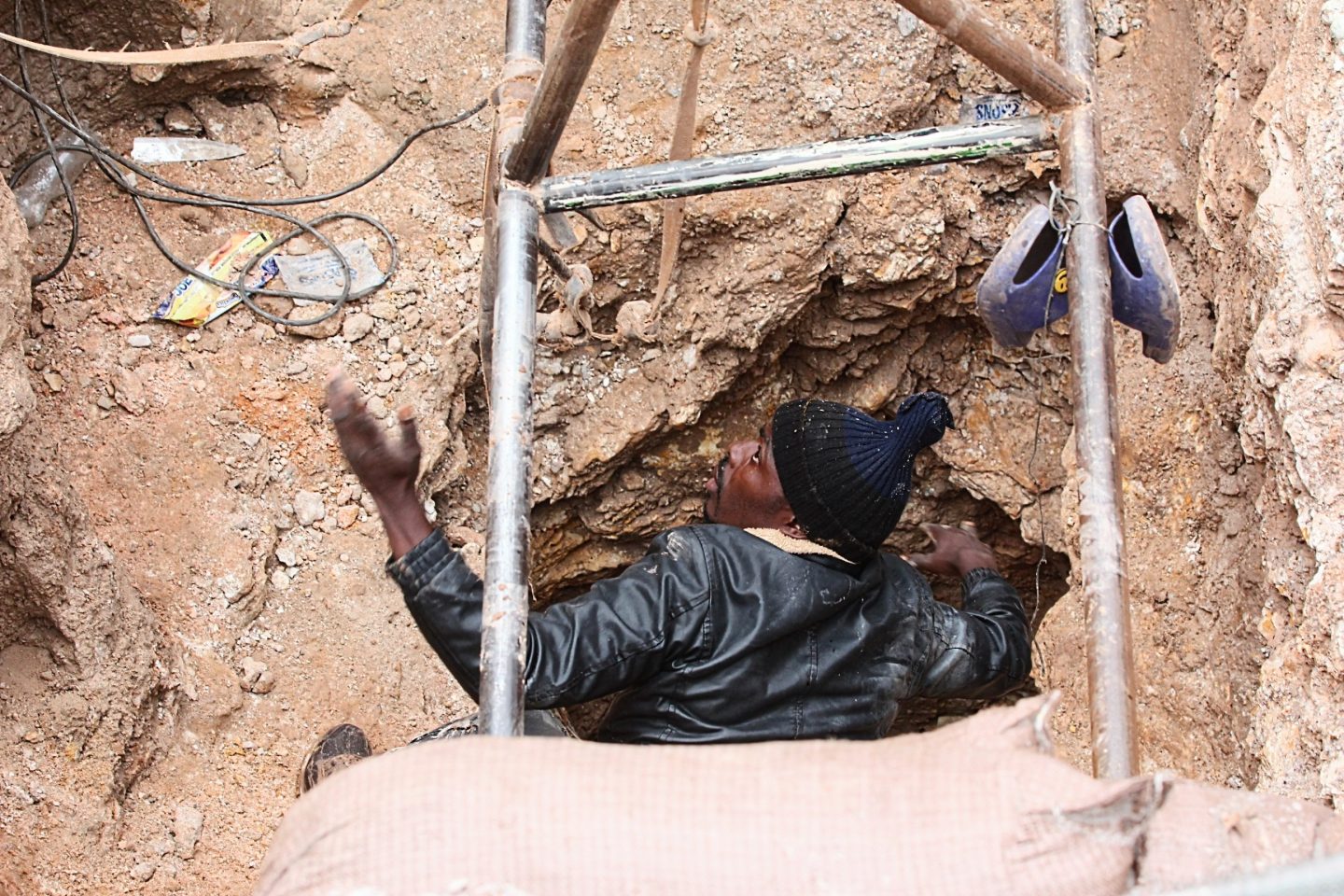
5. Is the world’s big idea for greener air travel a flight of fancy?
Some sectors – like international aviation and shipping – tend to fall outside the scope of national media, and it’s a gap we’ve aimed to fill. Together with Singapore’s Straits Times, we tracked the supply chain for what the airline industry calls “Sustainable Aviation Fuel” (SAF) and found that virgin and barely used palm oil – which threatens rainforests – is being passed off as waste cooking oil and used to power planes in Europe.
Malaysia is a particular hotspot for this fraud, as government subsidies there make virgin palm oil cheap in the shops – and it can be sold for a higher price as “used” cooking oil, providing a profit motive for flipping it. Our investigation was picked up by the Financial Times, Bloomberg and the Malaysian authorities, who have since launched a crackdown on this kind of fraud.
But with verification of the materials used for SAF relying on just a handful of commercial auditors conducting mainly paper-based checks, airlines currently cannot know for sure if their green jet fuel is actually sustainable. Their advertising to passengers should – but often doesn’t – reflect this uncertainty.

6. Brazil’s environment minister suggests roadmap to end fossil fuels at COP30
Our reporting was often prescient this year. We called it correctly that the US would leave the Paris Agreement but not the UNFCCC, that Argentina would not follow America out of Paris, that Ethiopia rather than Nigeria would be chosen as COP32 host and that petrostates would try to kill a new green shipping framework at the International Maritime Organization.
We are also pretty sure we were the first – at least in English – to pick up on Brazilian Environment Minister Marina Silva’s proposal for COP30 to agree on a roadmap away from fossil fuels, which she aired back in June at London Climate Week. That proposal was pushed by President Lula at the start of COP30, dominated much of the conversation at the summit and will continue to be discussed throughout 2026.
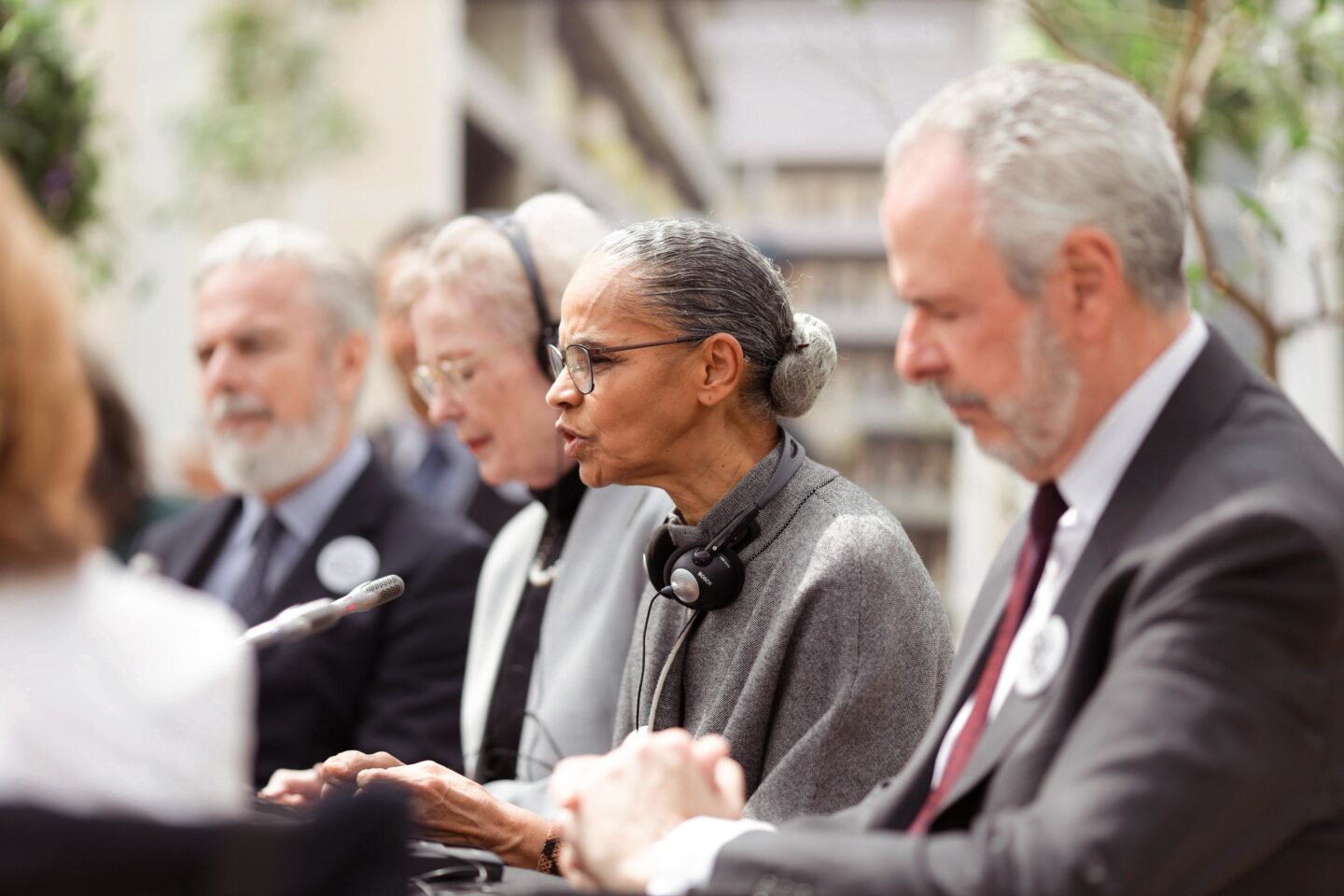
8. PR firm working for Shell wins COP30 media contract
In the summer of 2025, our crack investigative reporter Matteo Civillini got the scoop on how the Brazilian government, via a contract tendered by the UN, was working with Edelman on international media relations for the COP30 climate summit while the global PR giant was simultaneously engaged in promoting Shell’s fossil fuel interests in Brazil.
This story was picked up by a range of other media, and amplified calls for agencies whose clients include fossil fuel firms to be excluded from the climate negotiations. Advocacy group Clean Creatives was inspired by Matteo’s reporting to launch a campaign against Edelman’s COP involvement. That culminated in an open letter from influencers and creators with a combined audience of over 24 million calling for Edelman to be dropped. The drumbeat on this theme is likely to get louder in 2026.
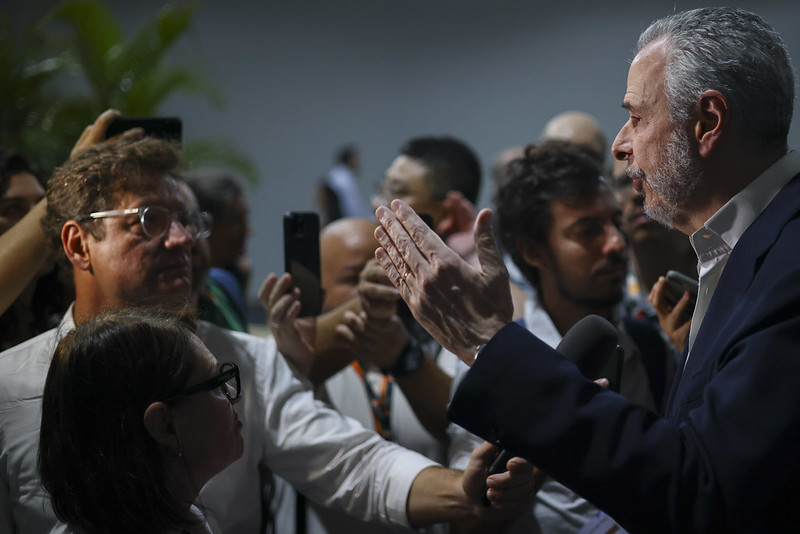
8. “House of cards”: Verra used junk carbon credits to fix Shell’s offsetting scandal
And talking of smoke and mirrors, just when we thought the murky web of carbon offsetting linking oil and gas major Shell to sham rice-farming projects in China couldn’t get any more convoluted, it did exactly that.
By combing through the records of carbon-credit registry Verra – the world’s biggest – Matteo confirmed that nearly a million bogus offsets from 10 disqualified methane reduction projects had been compensated for with the same number of junk credits from another four such projects that were also axed by Verra.
“It’s frankly unbelievable that Verra considers it appropriate to compensate for hot air credits with other hot air credits,” Jonathan Crook, policy lead at Carbon Market Watch, told us. “To pretend this is a satisfactory resolution is both absurd and deeply alarming.”
Verra insists the replacement credits were technically available to plug the gap left by the first batch – even though the second set, too, now need to be swapped out. Shell is keeping its distance, saying it does not manage or operate “the projects in question” despite being earlier involved in the Chinese rice-farming programmes as their “authorised representative”. Mind-boggling indeed!

9. Self-taught mechanics give second life to Jordan’s glut of spent EV batteries
In what was on balance a bad year, we brought you some hope too. A landmark advisory opinion on climate change and human rights from the International Court of Justice in The Hague was stronger than anyone imagined and may open the door to lawsuits against polluting countries and companies in 2026.
Other good news stories included analysts suggesting China’s fossil fuel use could peak this year, the UN’s loss and damage fund launching its first call for proposals, South Korea and Morocco moving to phase out coal and a boom in imports of solar panels to Africa.
Hope came too from ordinary people and their ingenuity – like the untrained Jordanians interviewed by Yamuna Matheswaran, hooking up solar panels to old Tesla batteries, lowering both their electricity bills and their carbon emissions into the bargain.
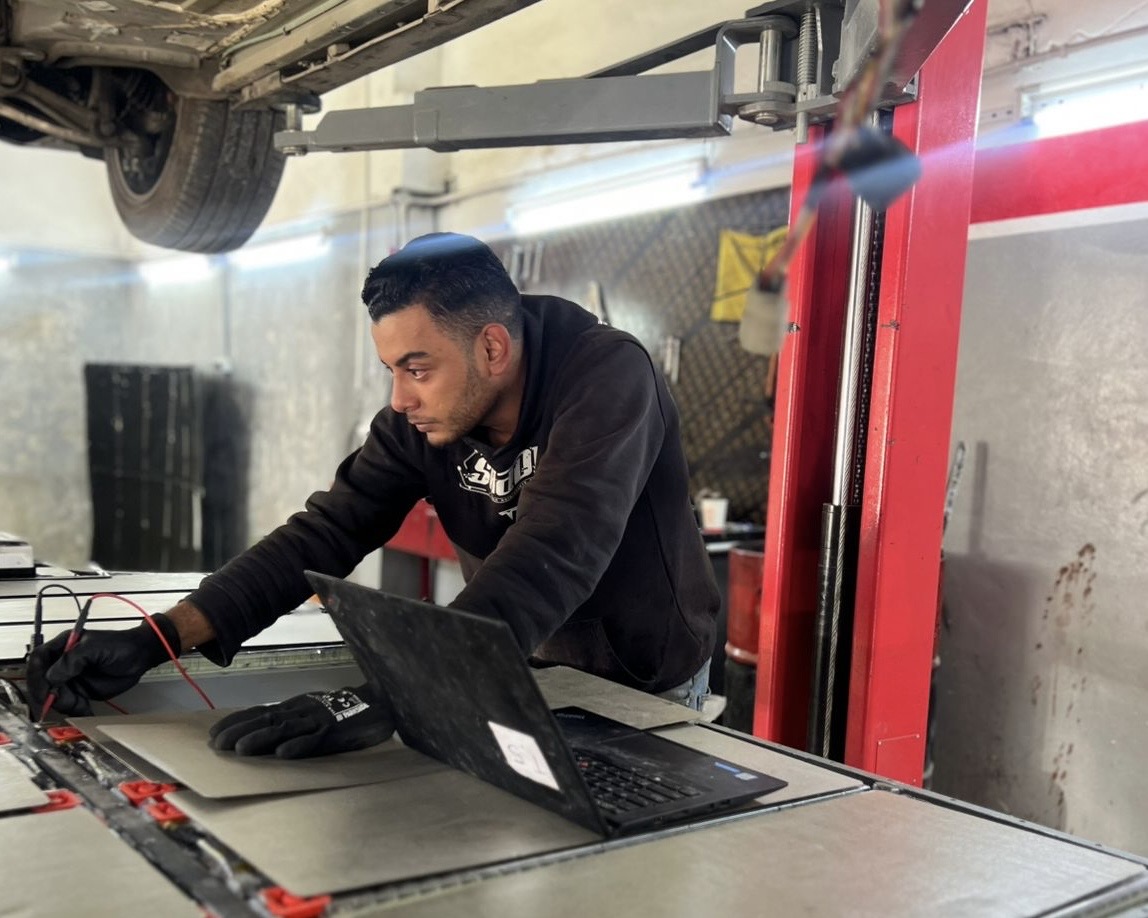
The post Nine of our best climate stories from 2025 appeared first on Climate Home News.
Climate Change
Tracking Oil and Gas Waste in Pennsylvania Is Still a ‘Logistical Mess’
More than a decade after regulators promised to improve reporting standards for this waste, an Inside Climate News investigation found huge discrepancies in state records.
Fracking’s Forever Problem: Sixth in a series about the gas industry’s radioactive waste.
Tracking Oil and Gas Waste in Pennsylvania Is Still a ‘Logistical Mess’
Climate Change
Maine’s Once Abundant Kelp Forests Face an Array of Growing Threats
These breeding grounds for fish are under siege from red turf algae, sea urchins, storm surges, warming waters and climate change.
Shane Farrell has spent the better part of the last three years underwater, diving off the coast of Maine. The University of Maine Ph.D. student and his team at the Bigelow Laboratory for Ocean Sciences are surveying the rapid decline of kelp forests in the warming waters.
Maine’s Once Abundant Kelp Forests Face an Array of Growing Threats
-
Climate Change4 months ago
Guest post: Why China is still building new coal – and when it might stop
-
Greenhouse Gases4 months ago
Guest post: Why China is still building new coal – and when it might stop
-
Climate Change2 years ago
Spanish-language misinformation on renewable energy spreads online, report shows
-

 Greenhouse Gases2 years ago
Greenhouse Gases2 years ago嘉宾来稿:满足中国增长的用电需求 光伏加储能“比新建煤电更实惠”
-
Climate Change Videos2 years ago
The toxic gas flares fuelling Nigeria’s climate change – BBC News
-

 Climate Change2 years ago
Climate Change2 years ago嘉宾来稿:满足中国增长的用电需求 光伏加储能“比新建煤电更实惠”
-

 Carbon Footprint2 years ago
Carbon Footprint2 years agoUS SEC’s Climate Disclosure Rules Spur Renewed Interest in Carbon Credits
-
Climate Change2 years ago
Why airlines are perfect targets for anti-greenwashing legal action





